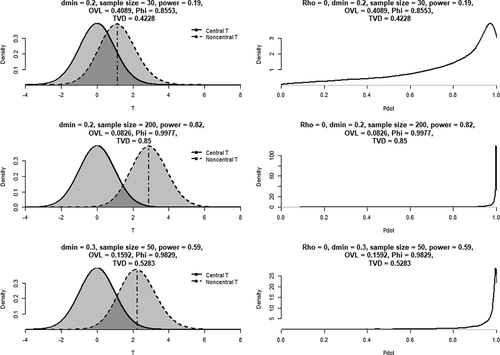Figures & data
Figure 1. Three T-distributions.
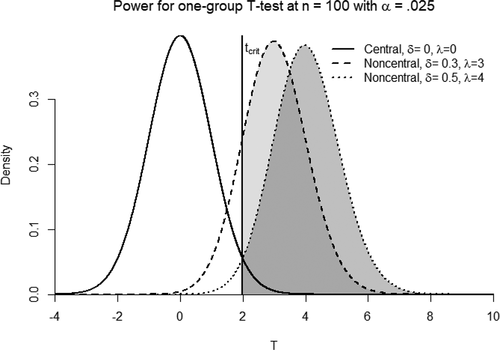
Figure 2. Sampling distribution of -statistics given population effect sizes
is represented by the shaded area. The arrows show the direction and strength of corroborators and falsifiers.
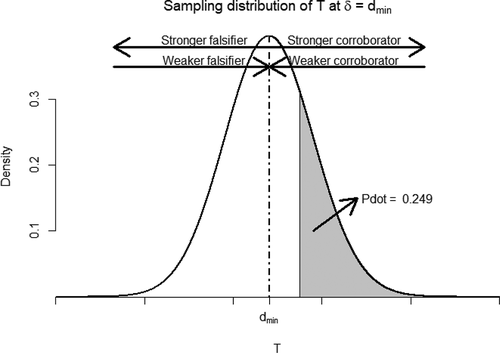
Table 1. Information needed to calculate in R for General Linear Models with fixed effects.
Figure 3. Distributions of and
belonging to examples 1, 2, and 3.
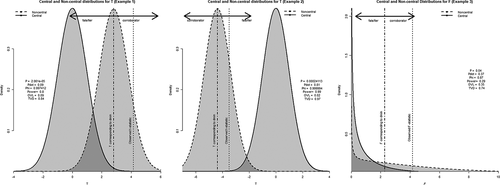
Figure 4. Graph representing the relationship between power, (“falsifiability”), the overlapping coefficient, and the total variation distance.
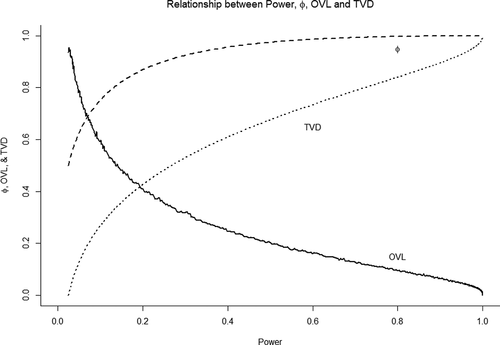
Figure 6. Analytical and simulated pdf’s for .
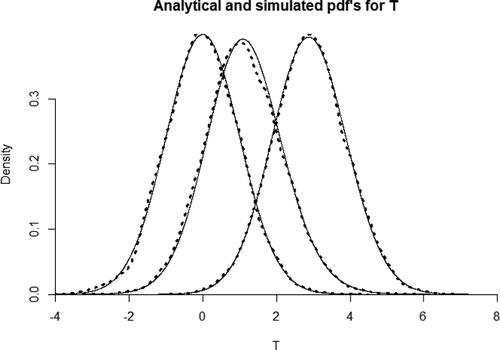
Figure 7. The sampling distribution of under varying population effect sizes and sample sizes (upper figure), and the sampling distribution of
under varying population effect sizes and sample sizes (lower figure).
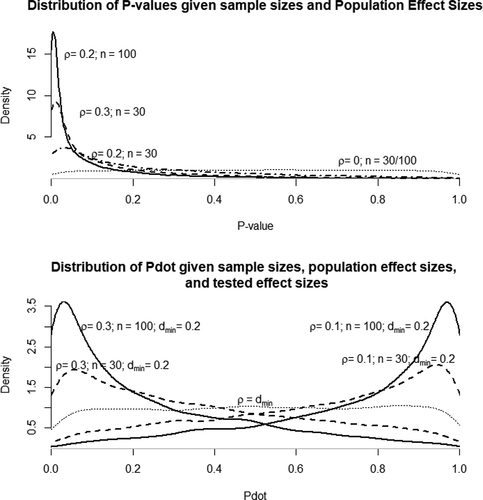
Figure 8. The effects of and sample size (left column) on (1) the overlap between central and non-central distributions (left and middle column), and (2) the distribution of
if the null hypothesis is true (right column).
